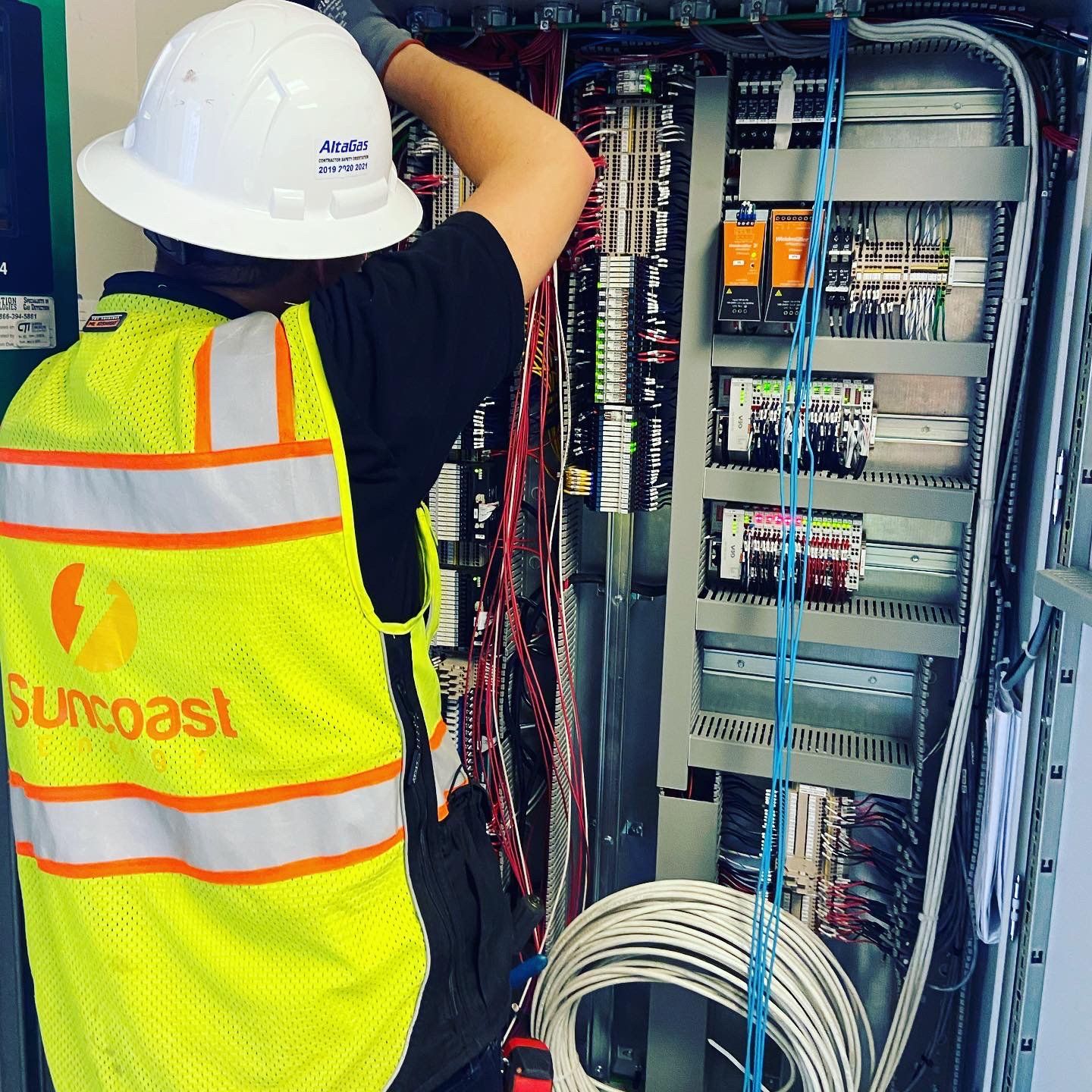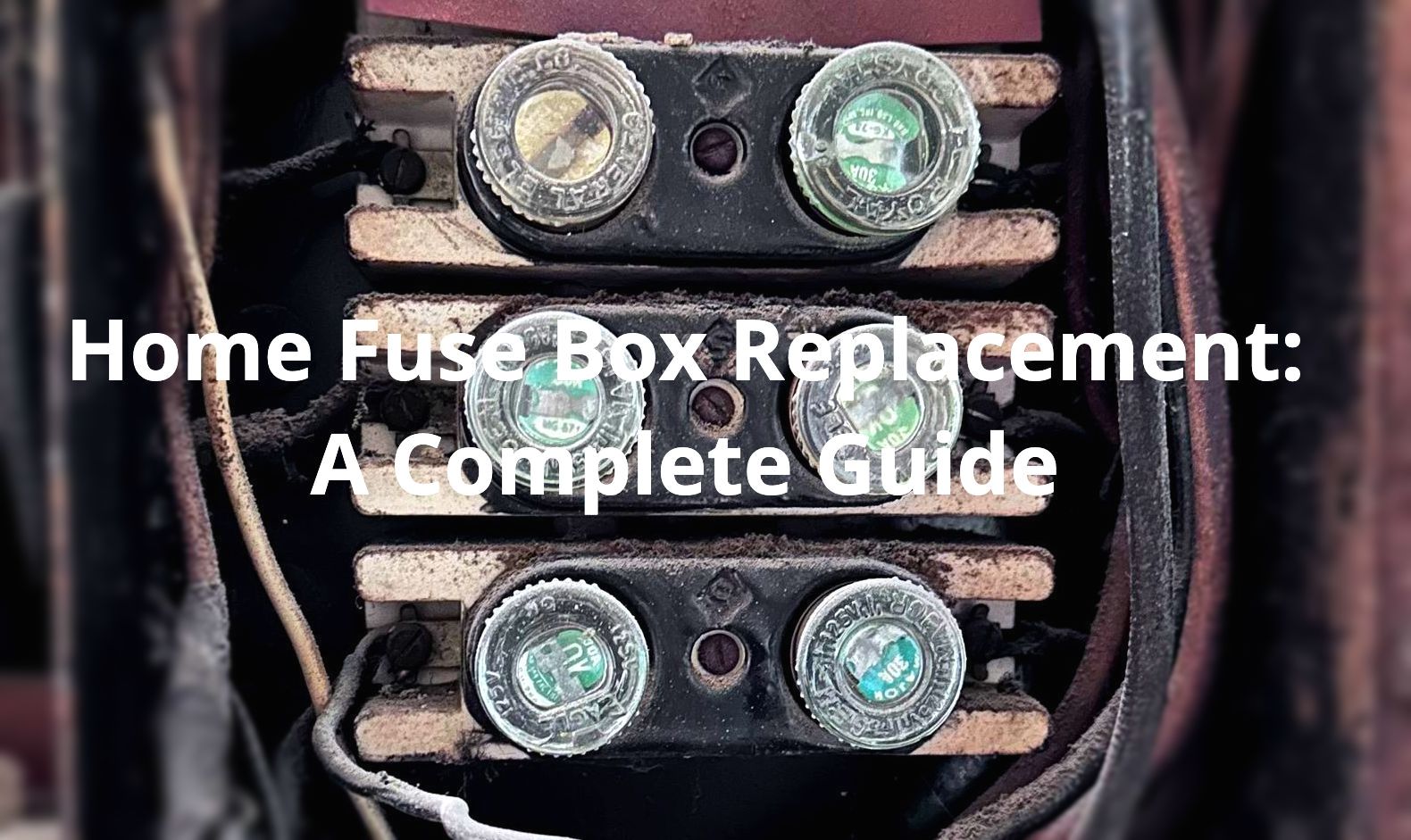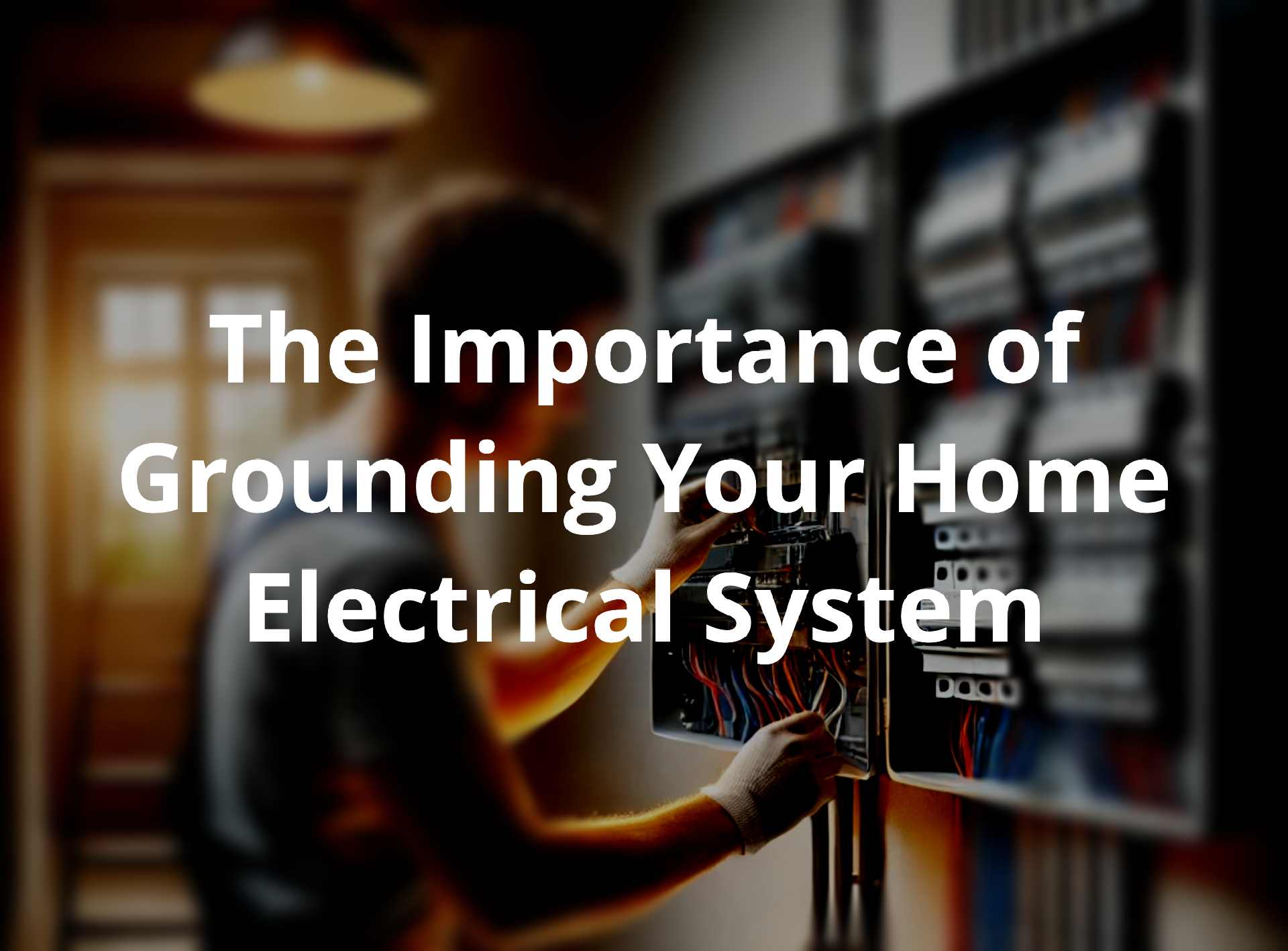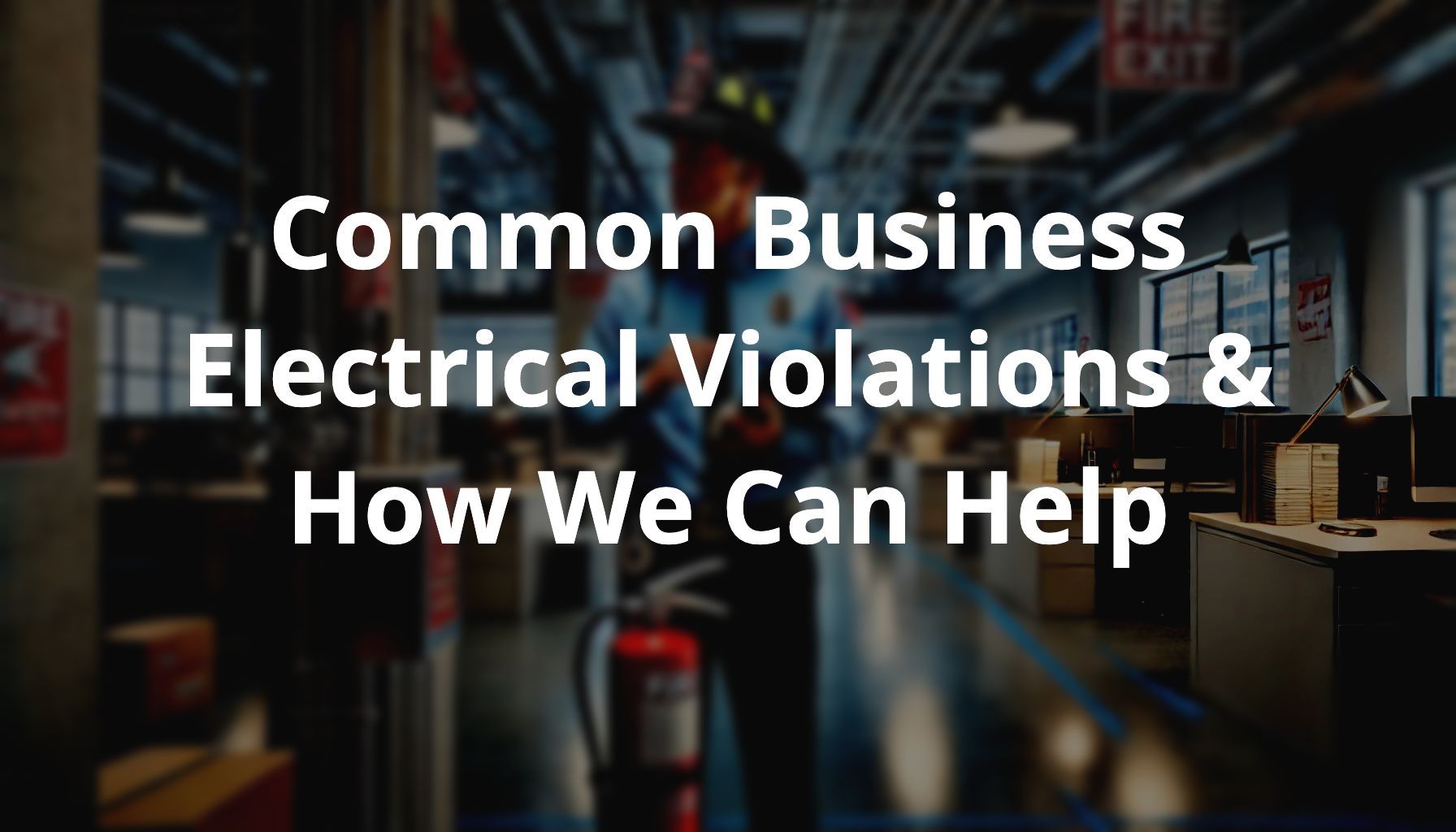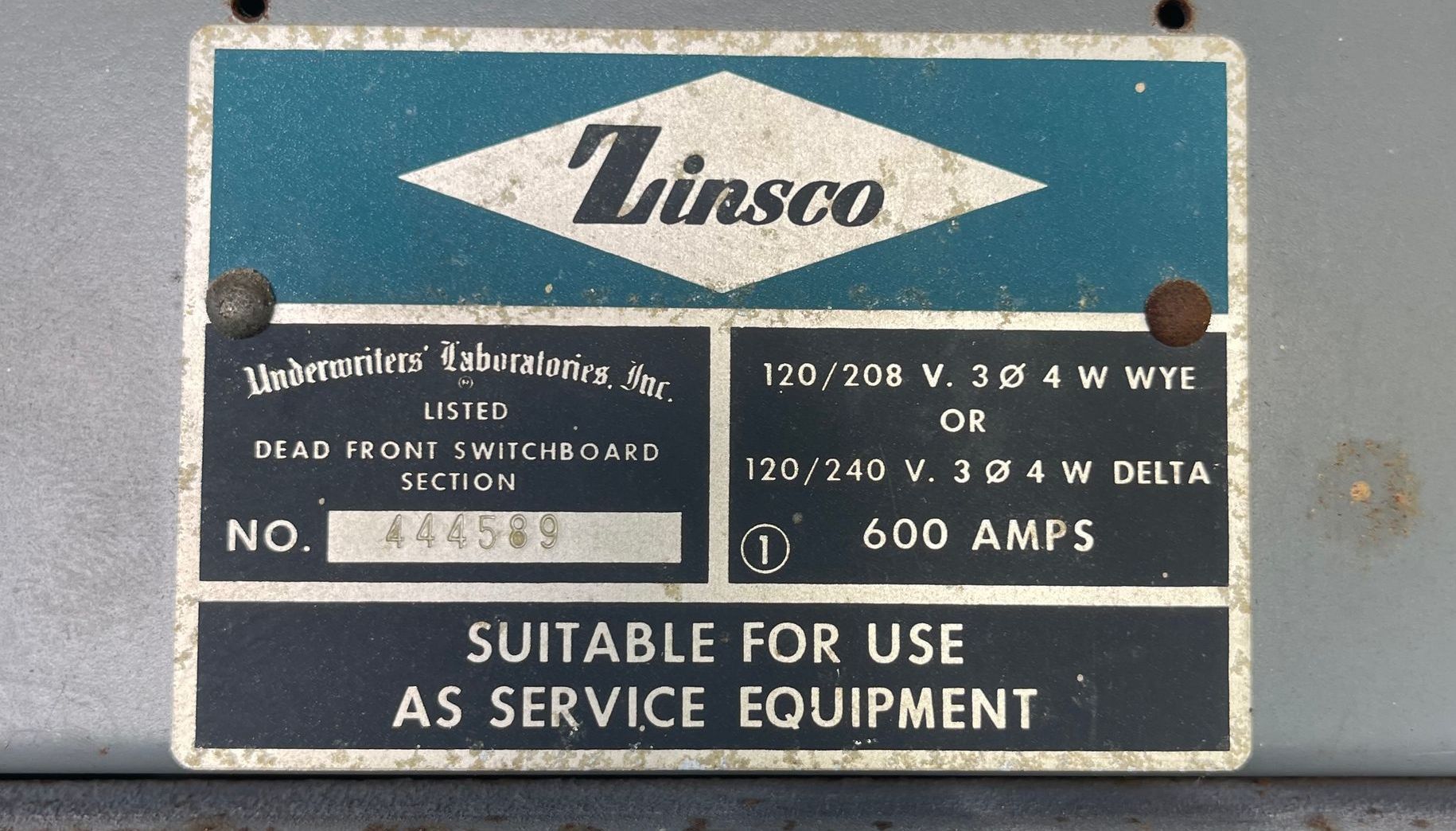Discover expert guides, practical tips, and professional insights to enhance your home or business with smarter, safer, and more efficient electrical solutions. Whether you're upgrading your system, improving energy efficiency, or tackling a new installation, we've got you covered.
Suncoast Energy Electrical Services Blog
5 Electrical Dangers Hiding in Older Homes—and How to Fix Them Older homes in Los Angeles and surrounding areas often have hidden electrical hazards that can put your safety at risk. Older wiring, outdated breaker & fuse panels, and ungrounded outlets are just a few dangers that could lead to electrical fires, power failures, or even code violations. Many of these systems weren’t designed to handle today’s high-power appliances, making them both unsafe and inefficient. Identifying and addressing these hidden dangers is crucial to protecting your home and family. Here’s what to look out for—and how to fix them before they become a serious problem. 1. Outdated Wiring Poses Serious Risks Knob-and-Tube & Cloth Wiring If your home was built before the 1960s, it may contain knob-and-tube wiring or cloth-insulated cables—both of which are now considered unsafe. These older systems lack proper grounding, and their insulation deteriorates over time, leaving wires exposed. This can lead to electric shocks, short circuits, or even fires. Replacing outdated wiring with modern, grounded copper wiring ensures your home meets today’s safety standards. Aluminum Wiring in 1960s Homes Homes built between 1965 and 1975 may have aluminum wiring, which was used as a cheaper alternative during a copper shortage. Unfortunately, aluminum wiring degrades faster, leading to loose connections, overheating, and increased fire risks. Many insurance companies are hesitant to cover homes with this type of wiring, making a full rewire with copper the best solution for long-term safety. 2. Aging Electrical Systems Can Cause Fires Brittle Insulation and Exposed Wires Over time, the insulation on older wiring can crack and fall apart, exposing live conductors. If two exposed wires touch or if an object makes contact, it can cause dangerous sparks or even ignite nearby materials. In a dry climate like Los Angeles, any spark inside a wood-framed house can quickly turn into a devastating fire. Overloaded Circuits and Overheating Homes built decades ago weren’t designed for modern electrical loads. Using high-powered appliances on old circuits can cause wires to overheat, which is a leading cause of house fires. Rewiring your home ensures that each circuit has the proper capacity to handle today’s appliances safely, preventing overloads and reducing fire risks. 3. Lack of Grounding and Safety Features Ungrounded Outlets = Shock Hazard If your home still has two-prong outlets, it means your electrical system is ungrounded. Without proper grounding, a fault in an appliance can send an electrical current through metal surfaces, increasing the risk of shocks. Upgrading to a modern, grounded system protects your family from electrical hazards and extends the lifespan of your electronics by preventing power surges. No GFCI or AFCI Protection Today’s electrical codes require safety devices like Ground-Fault Circuit Interrupters (GFCIs) in kitchens, bathrooms, and outdoor areas to prevent electrocution. Arc-Fault Circuit Interrupters (AFCIs) detect dangerous sparks and shut off power before a fire starts. Most older homes lack these crucial protections, making a full electrical upgrade essential for safety. 4. Not Up to Current Electrical Code Standards Modern Safety Regulations Electrical codes have changed significantly over the years to improve safety. Wiring that was “up to code” decades ago is now outdated and potentially dangerous. Upgrading your home’s wiring brings it in line with current Los Angeles electrical codes, ensuring all circuits are properly grounded, protected, and equipped to prevent fires or shocks. Insurance and Resale Concerns Many insurance companies charge higher premiums—or refuse to cover homes—that still have knob-and-tube wiring, fuse boxes, or other outdated electrical components. If you plan to sell your home, a modern electrical system can increase property value and make it easier to pass an inspection. 5. Insufficient Capacity for Today’s Electrical Needs Higher Power Demand in Modern Homes Older homes were originally designed for a much lower electrical load. A home that once relied on a 30-amp or 60-amp service now needs to support high-powered appliances, air conditioning, and even electric vehicle chargers. If your home frequently experiences tripped breakers or flickering lights, it may be a sign that your wiring is overloaded. Preventing Overloads and Power Failures Upgrading your electrical system includes installing a modern service panel with 100 or 200 amps and adding dedicated circuits for major appliances. This prevents overheating, reduces fire hazards, and ensures your home can safely support today’s technology. Future-Proof Your Home with a Full Rewire Rewiring an older home eliminates outdated and hazardous electrical components, brings your system up to modern safety standards, and ensures reliable power for years to come. Whether you’re concerned about fire risks, electrical shocks, or simply need more power for your home, upgrading your wiring is a smart investment in your home’s safety and value. If your home is 50 years or older, schedule an electrical inspection today to determine if a full rewire is necessary. Protect your home, your family, and your peace of mind with a modern, code-compliant electrical system.
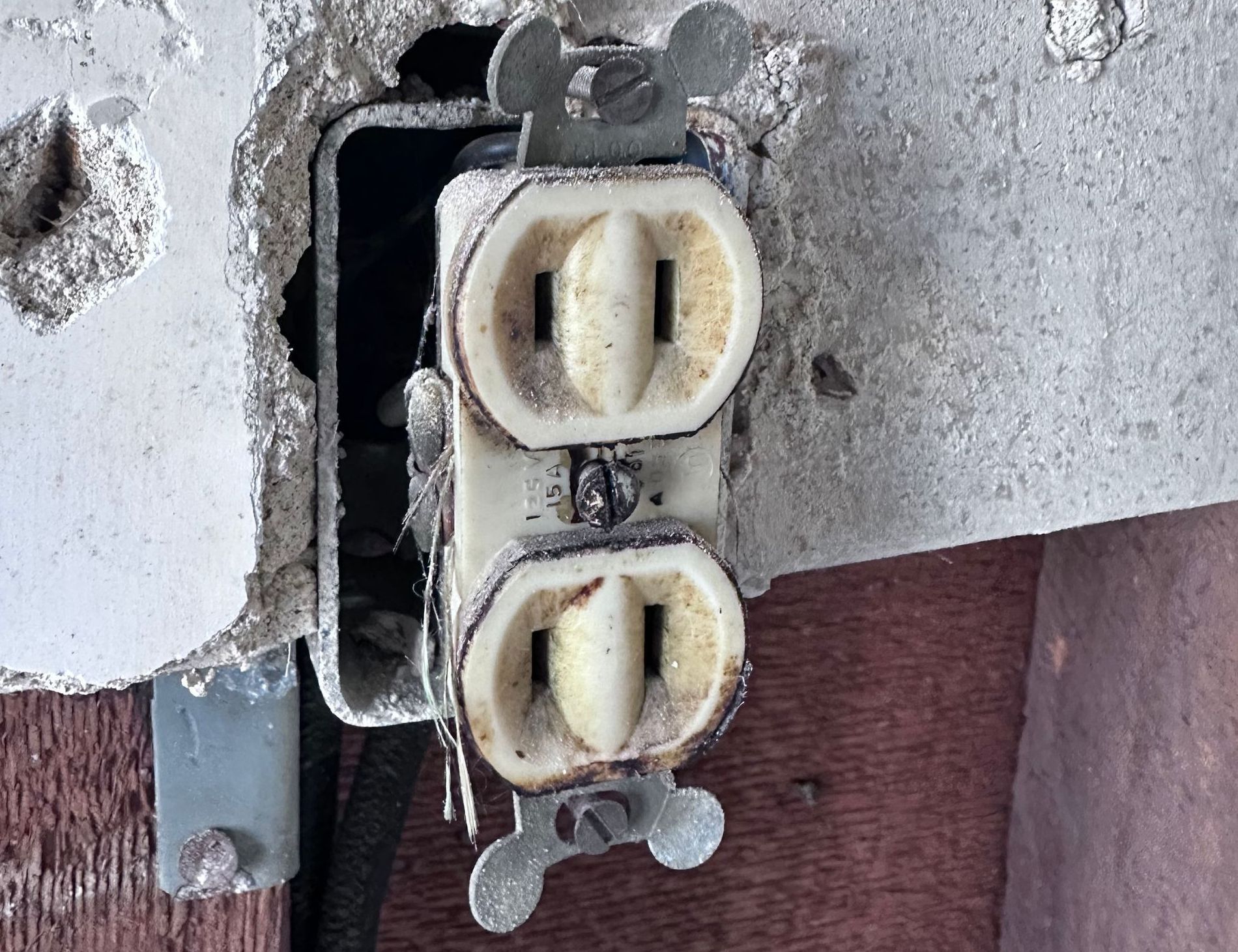
Why You Should Upgrade Your Two-Pronged Outlets Two-pronged outlets were once the standard in homes, but in today's modern world, they are inconvenient and pose a risk of electrical shock or fire. If you still have these ungrounded outlets in your home, you might be wondering if upgrading is worth the hassle. The truth is, replacing your two-pronged outlets should be at the top of your to-do list. Let’s dive into why upgrading to grounded three-prong outlets is a smart move for safety, convenience, and modern living. Why Do Some Homes Still Have Two-Pronged Outlets? Ever tried plugging in a three-pronged device only to realize your home still has outdated two-pronged outlets? You’re not alone. Common in homes built before the 1960s, these outlets have only two slots—one for the hot wire and one for the neutral wire. What’s missing? A grounding wire. Without it, your electrical system lacks a critical safety feature that helps prevent shocks and protects appliances from power surges. Are Two-Pronged Outlets Actually Dangerous? Short answer? Yes. Here’s why: Increased risk of electrical shocks – If an appliance malfunctions, the excess electricity has nowhere to go, meaning you could get zapped. No protection from power surges – Your expensive electronics are more vulnerable to damage if your outlets aren’t grounded. Potential fire hazards – Without proper grounding, faulty wiring or an electrical surge could increase the risk of fire. So, while your old-school outlets might still technically work, they pose real dangers that shouldn’t be ignored. If you’re thinking about making the switch, you have a few options: Upgrade to a Three-Prong Outlet with Proper Grounding The best way to future-proof your home is by replacing outdated outlets with modern, grounded three-prong outlets. This upgrade typically requires running a ground wire to ensure everything is up to code. Install a GFCI Outlet as an Alternative If rewiring isn’t in the budget, a Ground Fault Circuit Interrupter (GFCI) outlet is a great alternative. While it won’t provide true grounding, it shuts off power if it detects a ground fault, making it much safer than an ungrounded outlet. Use a Plug Adapter (But Think Twice Before Doing This) You might be tempted to use a simple two-to-three-prong adapter, but this isn’t a real solution. It won’t provide true grounding, meaning you’re not actually solving the safety issue. At best, it’s a temporary fix—not a long-term one. Do You Have to Upgrade? If you live in an older home, you’re probably not legally required to replace your two-prong outlets unless you’re doing major electrical work. However, if you’re planning to sell your home, modern buyers (and home inspectors) will likely flag ungrounded outlets as a concern. Plus, upgrading your outlets and properly grounding your electrical system can improve safety and even add value to your home. How Much Does It Cost to Upgrade? The cost of replacing your two-pronged outlets depends on a few factors: How many outlets need replacing Whether or not there’s existing ground wiring Labor costs for an electrician On average, upgrading a single outlet can cost between $100–$300, but rewiring an entire home for proper grounding can be a more significant investment. That said, the peace of mind and safety improvements make it well worth considering. Final Thoughts: Understanding Your Next Steps Upgrading from two-pronged outlets to grounded alternatives is an important step in improving your home’s electrical safety. While it may require some investment, it enhances protection for your appliances and reduces risks associated with outdated wiring. If you're unsure about your options, consulting with an electrician can help you determine the best approach for your home.
Subscribe To Our Blog
Looking for a specific blog topic? Submit a form below and we can write about it.
Interested in learning more about any of our specific services? Contact us today to learn more.
Get In Touch
Follow us on social media

